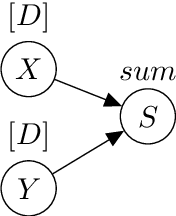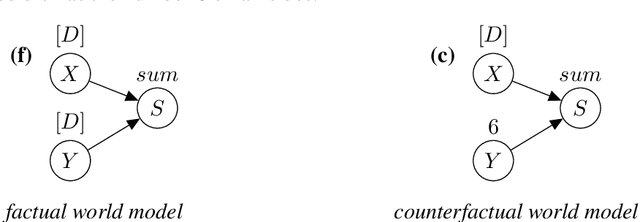Counterfactual Planning in AGI Systems
Paper and Code
Jan 29, 2021



We present counterfactual planning as a design approach for creating a range of safety mechanisms that can be applied in hypothetical future AI systems which have Artificial General Intelligence. The key step in counterfactual planning is to use an AGI machine learning system to construct a counterfactual world model, designed to be different from the real world the system is in. A counterfactual planning agent determines the action that best maximizes expected utility in this counterfactual planning world, and then performs the same action in the real world. We use counterfactual planning to construct an AGI agent emergency stop button, and a safety interlock that will automatically stop the agent before it undergoes an intelligence explosion. We also construct an agent with an input terminal that can be used by humans to iteratively improve the agent's reward function, where the incentive for the agent to manipulate this improvement process is suppressed. As an example of counterfactual planning in a non-agent AGI system, we construct a counterfactual oracle. As a design approach, counterfactual planning is built around the use of a graphical notation for defining mathematical counterfactuals. This two-diagram notation also provides a compact and readable language for reasoning about the complex types of self-referencing and indirect representation which are typically present inside machine learning agents.
 Add to Chrome
Add to Chrome Add to Firefox
Add to Firefox Add to Edge
Add to Edge